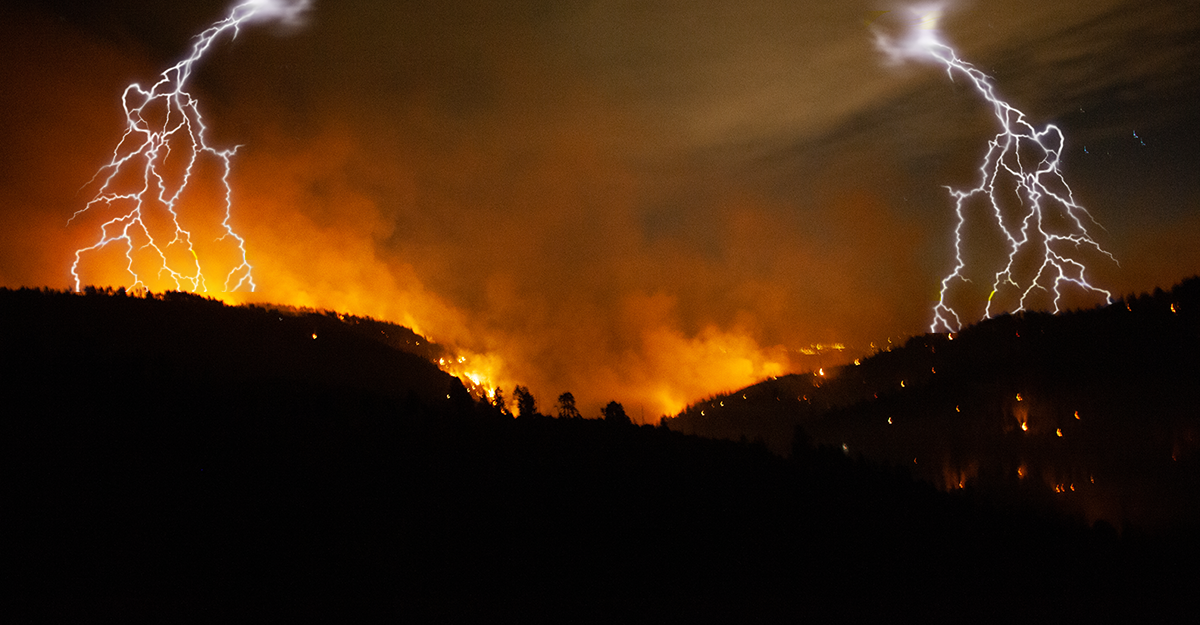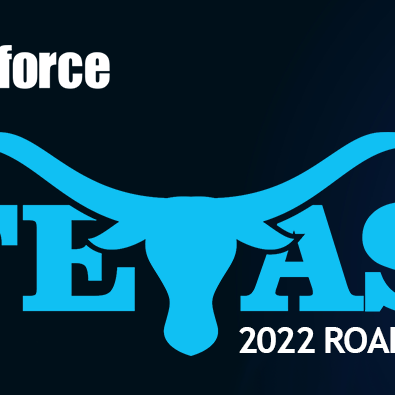
Blueforce Severe Weather Alert Micro-Service for BlueforceEDGE
The relationship between weather and emergency management (not to mention emergency preparedness) is fundamental and can be quite complicated. Weather causes many of the disasters that require an emergency response, yet awareness of conditions is essential for management of incidents unrelated to weather as the cause. For sure, meteorological awareness can have a profound effect managing the extent of destruction to life and property to a manmade or natural disaster or incident. While weather awareness is critical for incident response and mitigation, it is also a key attribute in scenario planning as part of emergency preparedness processes.
More and more we are hearing about weather as part of the situational awareness equation across emergency management, but also fire and policing. It’s the need for hyperlocal severe weather alerting that is sent to the responder (and alerts that are indicating proximate threat) versus an incident manager having to stop everything, go hunt for this data, and then mentally connect the dots per impact on a response plan and distribution of his responders on the ground. Weather data needs to be a part of the situational awareness “fabric†that includes real-time awareness and notification, but also leveraging weather data as part of multi-sensor fusion and stream analytics that help derive meaning and impacts for the incident commander.
The horrific structural collapse at the Champlain Towers in Miami is an example where the event wasn’t necessarily caused by weather, but during the response weather disrupted search and recovery operations because of the approaching Tropical Storm Elsa. Emergency managers and incident commanders found themselves making split second decisions as the storm approached the area. Decisions that involved responder safety, but also potential impacts on:
- Responders who are on the ground who can be harmed by lighting, high winds, and other weather induced dangers
- Additional structural and/or incident area damage from fast-rising or swift-moving water
- Disruptions to utility services
- Damage to infrastructure, such as roads and bridges, with an impact on response
- Rescues, removals and recoveries from flooded areas or under swift-water conditions
The Blueforce Severe Weather Alerting Service Plugin for BlueforceEDGE takes the location of an incident and creates a virtual geofence around it (Incident Commander configurable), and then monitors the National Weather Service for a wide array of threats. Upon detection of a weather alert with impact on the area of operation, BlueforceEDGE sends hyperlocal alerts to each responder in the potential area of danger or impact. The plugin is configurable for a wide array of “and/or” alert variations and includes:
- Status: Actual, exercise, system, or test
- Message Types: Alert, update, or cancel
- Urgency: Immediate, expected, or future
- Certainty: Observed, likely, or possible
- Severity: Extreme, severe, or moderate
- Event types: Blizzard, flooding, dust, extreme wind, flash flood, hurricane, thunderstorm, and/or special weather statements.
The NWS Severe Weather Alert Plugin is available now for BlueforceEDGE Windows. For a demo or any questions, please send an email to info@blueforcedev.com or call us at +1-866-960-0204.


